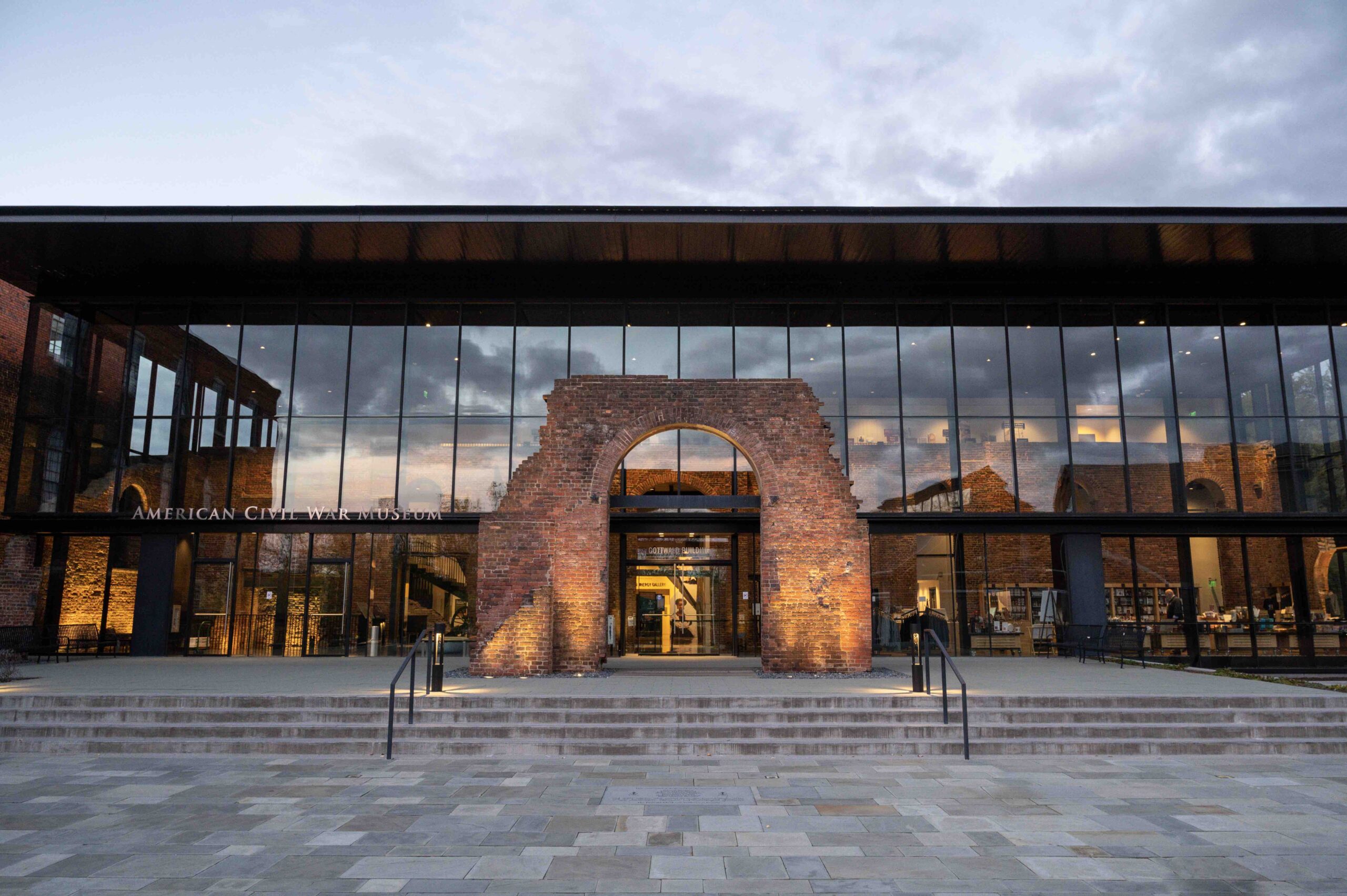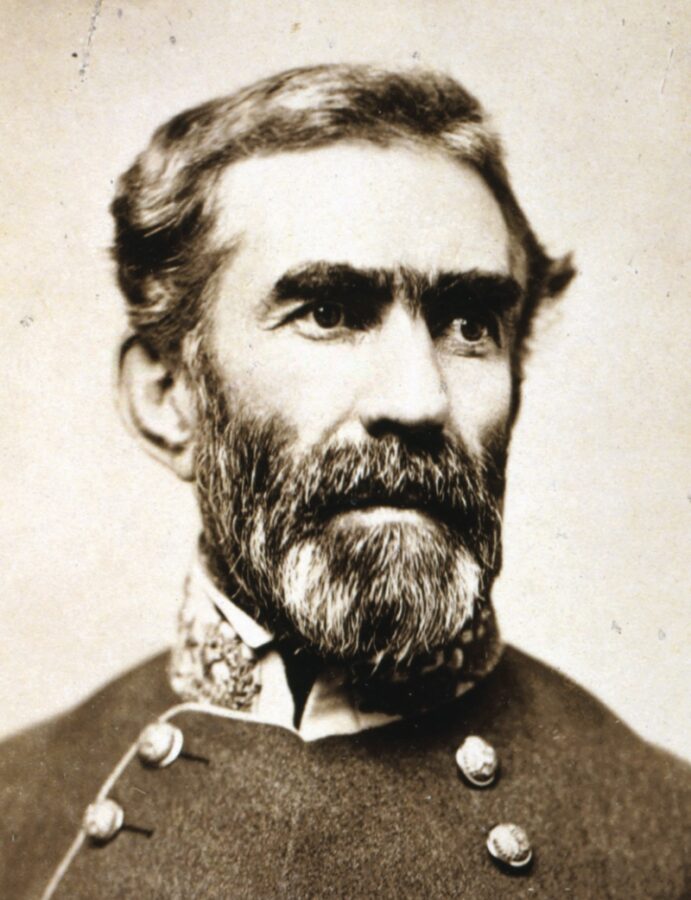 The American Civil War Museum
The American Civil War MuseumThe American Civil War Museum in Richmond, Virginia
On April 27, 2024, the American Civil War Museum (ACWM) is launching a major new exhibition at its Tredegar location in Richmond, Virginia. Entitled The Impending Crisis: How Slavery Caused the Civil War, the exhibition will guide visitors through the lead-up to the Civil War with a focus on slavery’s role in growing chasm between North and South. We sat down with Rob Havers, president and CEO at ACWM, to learn more.
Your new exhibit, The Impending Crisis: How Slavery Caused the Civil War, will examine how slavery was the root cause of the Civil War—an observation that remains controversial in some parts of the country. Why decide to tackle this particular topic?
In our current multi-year initiative “The Civil War and Remaking America,” the museum explores the causes, course, and consequences of the war. An exhibition on the central role of slavery in the Civil War was the logical place to begin. The issue of slavery was a common thread in the divisions apparent in local politics, in Congress, the economy, and religion. In The Impending Crisis we demonstrate how these topics became volatile enough for neighbor to take up arms against neighbor, brother against brother.
How does the exhibit explore slavery’s role in the coming of the conflict?
First, we attempt to answer the question: Why? Why did someone who did not own slaves, for example, advocate secession and fight for the Confederacy? Why would someone from one of the non-slaveholding states, who had no direct ties to the South or slavery, volunteer to fight for the Union? Visitors to The Impending Crisis are introduced to the ways in which slavery influenced everyone’s opinion, North or South. Also, what part did the enslaved people in the South and free blacks in the North play as events unfolded, eventually leading to war. Through the examination of political and economic concerns, the exhibit demonstrates the role that the institution of slavery played and the evolution of ideals across society and government. For example, both sides of the debate over the future of slavery used the same sources—including the U.S. Constitution and the Bible—to defend their cause.
The background to historical events is often much more complicated than many people realize. In the exhibit we explore the underlying beliefs and opinions that fueled the social and political debates in the United States right up to the time of Abraham Lincoln’s election and the firing on Fort Sumter.
What types of artifacts are incorporated into the exhibit, and how do they help you tell the story of the growing sectional conflict?
Throughout The Impending Crisis, major themes are intentionally represented in significant artifacts. The use of flags demonstrates sectionalism and broader statements of allegiance to cause; a pike from Harper’s Ferry is utilized to interpret the themes of one branch of the abolitionist movement; a set of shackles from a plantation in Mississippi provides a stark view of slavery.
Which of the stories or artifacts utilized strike you as particularly powerful or useful?
The Impending Crisis is curated to demonstrate perspectives and opinions in pre-Civil War America, and the artifacts are representative of political shifts and movements, as well as differences in lifestyle. A particularly impactful section of The Impending Crisis is in the very middle of the exhibit where there are three large cases containing garments representative of three different perspectives: a southern white male; a northern white woman; and an enslaved family. Through these items and the accompanying interpretation, we look at the deep-seated social mores that guided people’s opinions about slavery as a national institution and the fate of democracy itself.
What, if any, themes or stories covered in The Impending Crisis seem relevant in contemporary America and its politics?
From Reconstruction and politically charged topics of Constitutional amendments and the Lost Cause movement, America was remade and evolving—as it is still. In discussing the challenges of interpreting history in 2024, our goal is to know the past as the past knew itself, not as we know it from the vantage point of today. At the American Civil War Museum that is the framework within which we continue our work.
